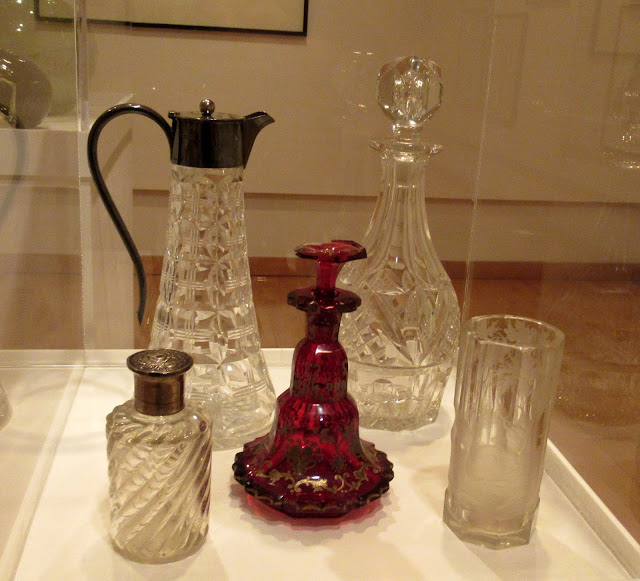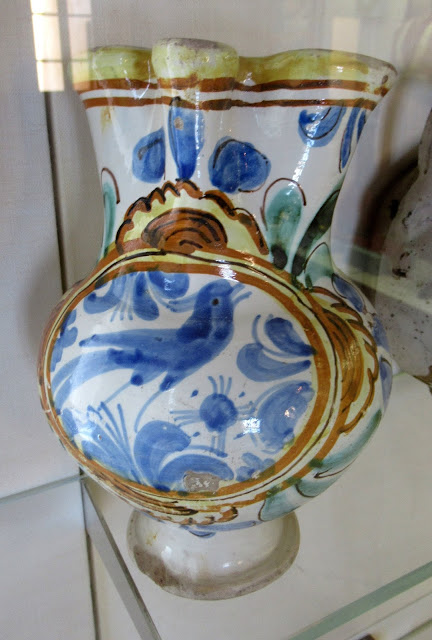We visited the Koundouriotis mansion on a day when it was too windy to go swimming.
Lazaros Koundouriotis was an eminent political figure of Hydra and one of the most imposing people during the War of Independence from the Turkish occupation of Greece for 400 years. He consistently served the Greek nation, spending most of his money to finance the Greek fleet. His brother, George, served as president of the Provisional Government in the last years of the War of Independence.
Located near Hydra's port, the archontiko, or manor, provides a superb example of Hydra's 18th century mansions, whose architecture often reflects influences from abroad. Built in 1780, it was donated to the Historic-Ethnologic Institute of Greece by the family's descendants and today operates as a branch of the National Museum of History.

The steps that lead to the house took us to a large courtyard with steps leading up to the first floor.


The views from here are stunning - the hills at the back
and of the harbour at the front.
We left the terrace and started exploring the house
the main hall
a figurehead
nice cosy corners below the majestic ceiling in the adjoining rooms
the study/office
a traditional Greek sitting room
plenty of icons
including some below the ceiling with an incense burner
Dionysis Tsokos, Eleni Lazarou Kounrourioti
a sitting room
an informal dining room
another sitting room, or kathistiko, lots of guns on the wall
Unfortunately, I did not record the artists of the paintings above
Next stop, the kitchen
and then, the steps
that lead down to the basement
a loom
a second large kitchen here, where I presume the initial preparation/cooking took place before taking the dishes upstairs for the final stages, before serving
the rest of the rooms in the basement are now being used as a picture gallery
Landscape by Constantinos Byzantios, 1967
The Fall, by Constantinos Byzantios, 1990
Angel, by Constantinos Byzantios, 1985
Light, Periklis Byzantios, 1969
Douskos' Coffee Shop, Periklis Byzantios, 1954
A small terrace at the back of the basement
We left the basement, and returned to the main terrace before going up the stairs to the first floor
the view from the first floor terrace

The first floor is being used as an ethnographic museum with traditional costumes
pottery
the view from the window
another loom
a crib
and another one
a good example of traditional embroidery - was this used as a towel?
a sitting area
some paintings by Panayiotis Tetsis.
























































































